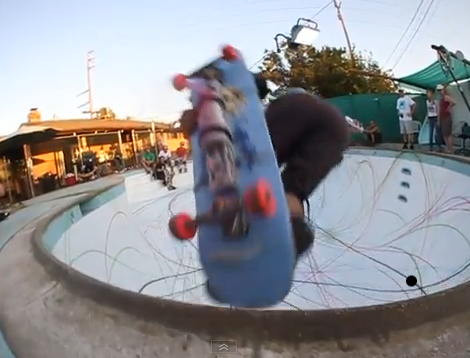
The folks at the London-based startup GoCardless have a pool table at their office. Being the techies they are, they decided to build a system that automatically scores games. The results, while not fully complete, are still pretty impressive for something whipped up during a 48 hour hackathon.
The automated score keeper uses a webcam duct taped to the ceiling right above the center of the pool table, The balls – red and yellow balls replace the rainbow of solids and stripes to make things easier – are found using OpenCV.
This build isn’t quite finished yet. The people at GoCardless are looking to improve the accuracy of their setup by using a camera with a higher frame rate and possibly moving on to physics simulation to predict where the balls should be. If these guys get the time, they could add something like augmented reality pool table to improve shot accuracy.
Vidia after the break.














